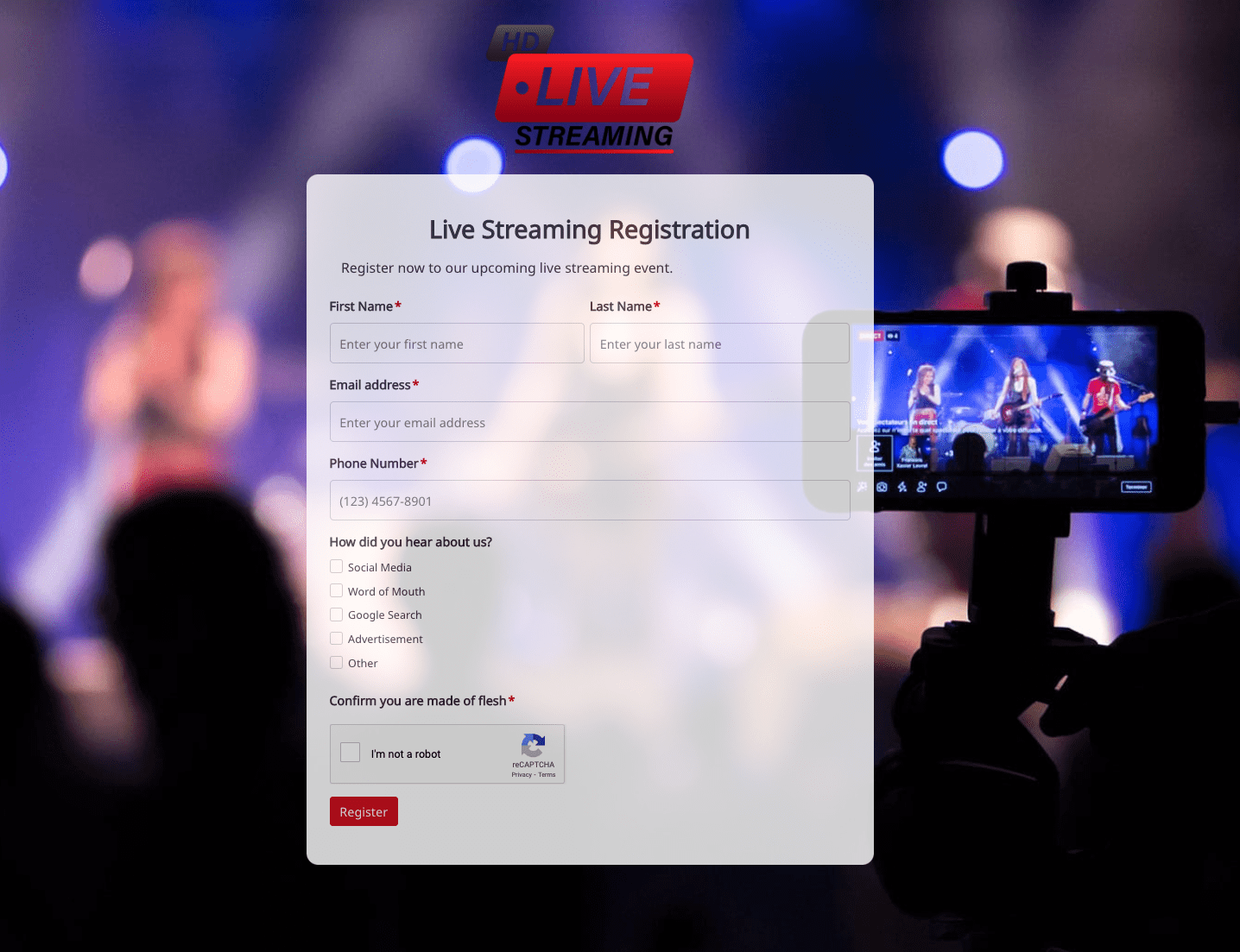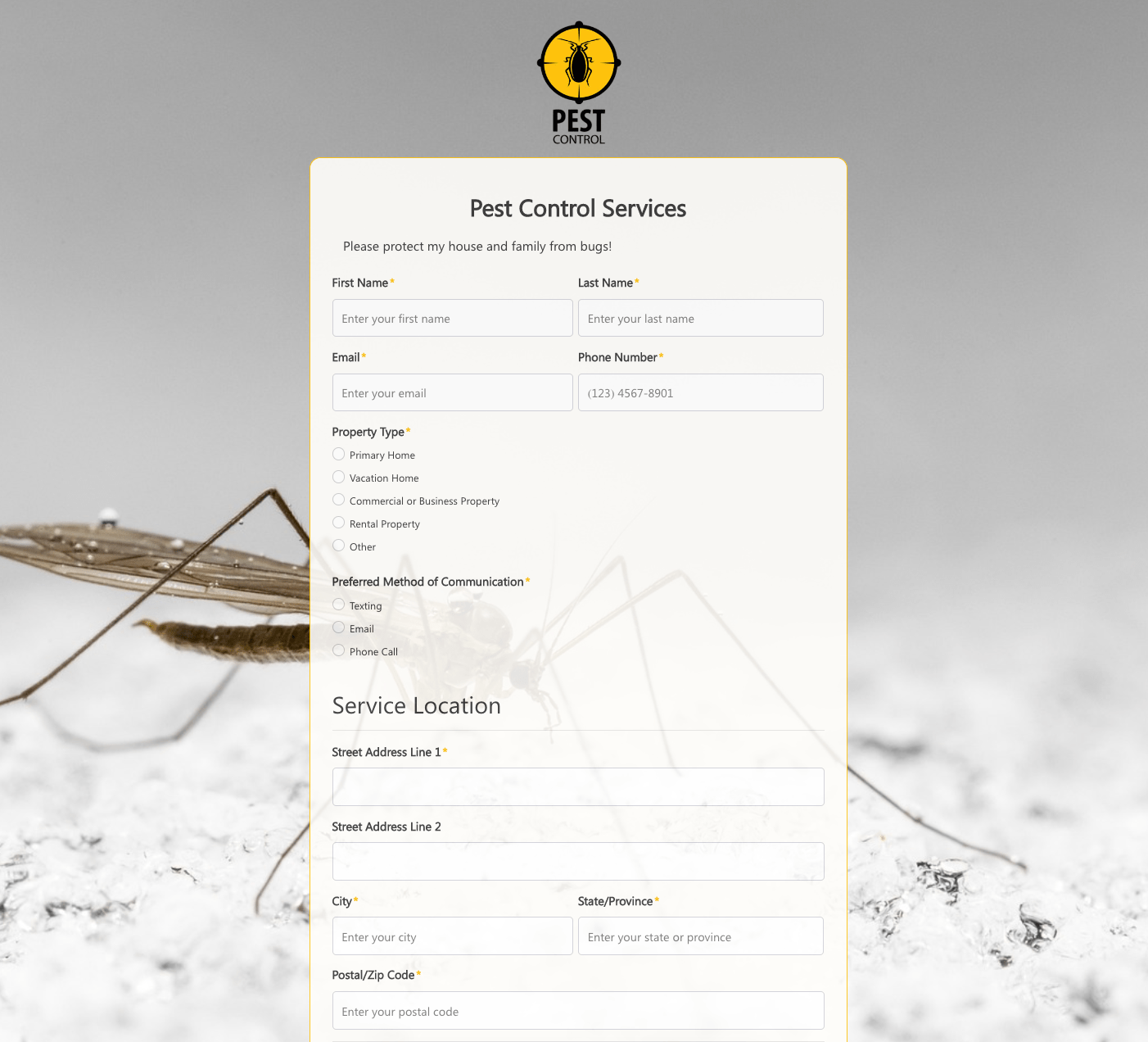When it comes to optimizing your website for search engines, the noindex tag can be a powerful tool. The noindex tag tells search engines not to index certain pages, preventing them from appearing in search engine results. While this may seem counterintuitive, there are several instances where keeping specific pages out of search results can enhance your overall SEO strategy. In this article, we’ll explore seven common types of web pages where you should consider using the noindex tag to improve your site’s search engine performance.
Contents:
- Login Pages
- Search Results Pages
- Duplicate Content Pages
- Thank You or Confirmation Pages
- Private or Restricted Content
- Pagination Pages
- Terms of Service and Privacy Policy Pages

1. Login Pages

Login pages provide users with access to restricted areas of your website, such as member areas or admin dashboards. Since these pages do not contain valuable content for search engines and are often intended for a select audience, they should not appear in search results. Applying the noindex tag to these pages ensures they remain hidden from search engines while still allowing users to access them.
2. Search Results Pages

Internal search result pages are often autogenerated by a website’s search function, displaying search queries entered by users. Since these pages typically feature thin or duplicated content, allowing them to appear in search results can create a poor user experience and lead to duplicate content issues. It’s best practice to noindex these pages to keep them out of search engine indexes.
3. Duplicate Content Pages

Duplicate content can confuse search engines and negatively impact your rankings. If you have pages that feature the same or very similar content (such as product variations, category filters, or print-friendly versions of pages), applying the noindex tag can help prevent search engines from indexing them and hurting your site’s SEO performance. This also helps consolidate the ranking power of the original content pages.
4. Thank You or Confirmation Pages

Thank you pages or confirmation pages typically appear after a user completes an action, such as filling out a form or making a purchase. Since these pages do not offer unique content or value beyond acknowledging a completed action, they should not be indexed. Applying the noindex tag to these pages keeps them out of search results while maintaining their functionality for users.
5. Private or Restricted Content

If your website includes private or restricted content that is only accessible to registered users, members, or subscribers, it’s essential to noindex these pages. This prevents search engines from indexing sensitive or private information, ensuring that only authorized users have access to the content.
6. Pagination Pages

Pagination pages occur when content is split across multiple pages (e.g., a blog post series or a product category with many items). These pages often contain repetitive content, such as headers or links to previous or next pages. Applying the noindex tag to pagination pages can help prevent duplicate content issues and improve your site’s overall SEO by focusing the indexing on the main content pages.
7. Terms of Service and Privacy Policy Pages

Terms of Service and Privacy Policy pages are essential for compliance, but they usually do not contain content that’s valuable for search rankings. These pages often have standardized text and may be identical across multiple websites. Using the noindex tag on these pages helps avoid content duplication issues and ensures that only your important, unique content is indexed by search engines.
Conclusion
Using the noindex tag strategically can help improve your website’s SEO by keeping unnecessary or irrelevant pages out of search engine results. By applying the noindex tag to login pages, search results pages, duplicate content, thank you pages, private content, pagination pages, and policy pages, you can ensure that only your most valuable content is indexed and ranked.
Remember, the goal of SEO is to present the best and most relevant content to users, and sometimes that means keeping certain pages hidden from search engines. By applying the noindex tag appropriately, you can help improve your website’s overall performance and rankings.

 Access Request Form
Access Request Form
 Afterparty RSVP Form
Afterparty RSVP Form
 Band Discovery Form
Band Discovery Form
 Book a room Form
Book a room Form
 Booking Enquiries Form
Booking Enquiries Form
 Brochure Mailing Form
Brochure Mailing Form
 Buy a Home Form
Buy a Home Form
 Catalog Request Form
Catalog Request Form
 Coach Lines Quote Form
Coach Lines Quote Form
 Contact Us Form
Contact Us Form
 Credit Application Form
Credit Application Form
 Drop me a line Form
Drop me a line Form
 Enquiry / Feedback Form
Enquiry / Feedback Form
 Got a question? Form
Got a question? Form
 Instant Quote Form
Instant Quote Form
 Job Application Form
Job Application Form
 Language & Literacy Lab Form
Language & Literacy Lab Form
 Live Streaming Registration Form
Live Streaming Registration Form
 More Information Form
More Information Form
 Order Exchange Form
Order Exchange Form
 Party Box Order Form
Party Box Order Form
 Pest Control Services Form
Pest Control Services Form
 Poll / Survey Form
Poll / Survey Form
 Receive Ebook Form
Receive Ebook Form
 Refinance Mortgage Form
Refinance Mortgage Form
 Remarks / Questions Form
Remarks / Questions Form
 Report Driver Form
Report Driver Form
 Retreat Information Form
Retreat Information Form
 Service Enquiry Form
Service Enquiry Form
 Skydiving Registration Form
Skydiving Registration Form
 Spare Part Enquiry Form
Spare Part Enquiry Form
 Staff Application Form
Staff Application Form
 Submission Form
Submission Form
 User Registration Form
User Registration Form
 Website Under Construction Form
Website Under Construction Form
 Wedding Photographer Form
Wedding Photographer Form
 Your Opinion Matters Form
Your Opinion Matters Form






















.jpeg)

